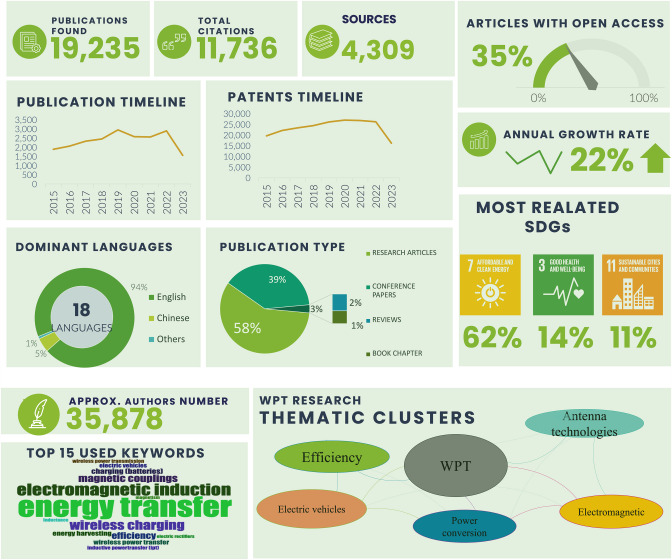
Title: Groundbreaking Revelation: The World’s Most Conductive Organic Molecule Could Transform Computing
A revolutionary finding at the University of Miami has researchers imagining a future that transcends silicon-based computing. Scientists have created what might be the most electrically conductive organic molecule on the planet—an advancement that enables electrons to traverse matter with no energy loss over unprecedented molecular ranges.
The importance of this breakthrough was published in the Journal of the American Chemical Society and could represent a pivotal change in materials science and electronics. Directed by Assistant Professor Kun Wang from the University of Miami’s Department of Physics, the team demonstrated for the first time that a solely organic molecule can facilitate efficient, lossless electron movement over distances exceeding 20 nanometers.
This innovation paves the way for new possibilities in computing, communications, and nanotechnology.
The Science Underpinning the Innovation
Previously, scientists assumed that organic molecules—substances primarily composed of carbon—were ineffective conductors of electricity over long distances. Electrons generally scatter or lose energy when they navigate through organic materials, making them inadequate for high-performance electronics.
“So far, there is no molecular material that allows electrons to traverse without substantial loss of conductivity,” noted Wang. “This research is the initial proof that organic molecules can permit electrons to migrate without energy loss over several tens of nanometers.”
The key is in the distinctive molecular structure developed by Wang and graduate researchers Mehrdad Shiri and Shaocheng Shen, in conjunction with associates from the Georgia Institute of Technology and the University of Rochester. Their molecule comprises elements that are abundant in nature—carbon, sulfur, and nitrogen—demonstrating an exceptional capacity for electron transport.
In contrast to traditional electron movement in organic materials, which typically reduces exponentially with distance, this new molecular setup enables electrons to travel through the molecule like a “bullet”—swiftly and without energy degradation.
Towards a Post-Silicon Era
The timing for such advancements is crucial. For many years, Moore’s Law—the historical guideline of doubling transistor density every couple of years—has directed the progress of computing technology. However, as transistors in silicon-based chips near atomic sizes, physical limitations are starting to impede advancement.
“We are quickly nearing the physical limits for silicon-based electronics, and it’s increasingly difficult to miniaturize electronic components with the materials we have used for the last fifty years,” Wang clarified.
This discovery indicates a path toward incorporating organic molecular conductors into the next wave of computing hardware—providing components that are not only smaller and more energy-efficient but also capable of novel functions unattainable by silicon.
A Leap Towards Molecular and Quantum Electronics
From nano-scale circuit design to quantum information processing, the potential applications for such an organic conductor are extensive. The molecule’s outstanding electrical performance is primarily due to a unique interaction of electron spins at each end—an effect that could be harnessed in quantum computing, where the alignment and coherence of spin states are vital operational parameters.
The research team applied advanced methodologies such as scanning tunneling microscopy (STM) and a related technique known as a break-junction experiment to assess individual molecules and their conductive attributes with atomic precision.
According to graduate student Shiri, the molecule’s strong chemical stability further increases its attractiveness for practical applications.
“Given that it is chemically durable and stable in air, it could potentially be integrated with current nanoelectronic components on a chip and function as an electronic wire or connection between chips,” remarked Shiri.
The Journey Ahead: From Laboratory to Commercial Chips
While the transition from laboratory discovery to commercial utilization is often lengthy, the implications of this work could hasten advancements in molecular-scale electronics. The capacity to mass-produce such organic molecules inexpensively using common elements indicates that the threshold for real-world integration may be less daunting than that posed by rare or hazardous substances encountered in some advanced semiconductors.
“This is not merely a technological enhancement,” Wang stressed. “These are novel properties that could provide benefits without increasing costs and could enhance the power and energy efficiency of computing devices.”
This landmark finding underscores the transformative potential of organic molecules in redefining the landscape of electronics. As researchers strive to refine their discovery and investigate scalable manufacturing practices, the prospect of molecular circuits powering the devices of the future appears more attainable than ever.
Whether challenging the boundaries of traditional computing or establishing the foundation for new forms of quantum information processing, this discovery may very well be regarded as the catalyst that ignited a new era in technology.
Support Scientific Discovery
If this innovation resonates with you, consider backing independent science journalism. Keeping pioneering stories accessible necessitates resources and public involvement. Assist in nurturing the future of informed reporting and scientific understanding.
Every contribution is valuable. Thank you for making science significant.